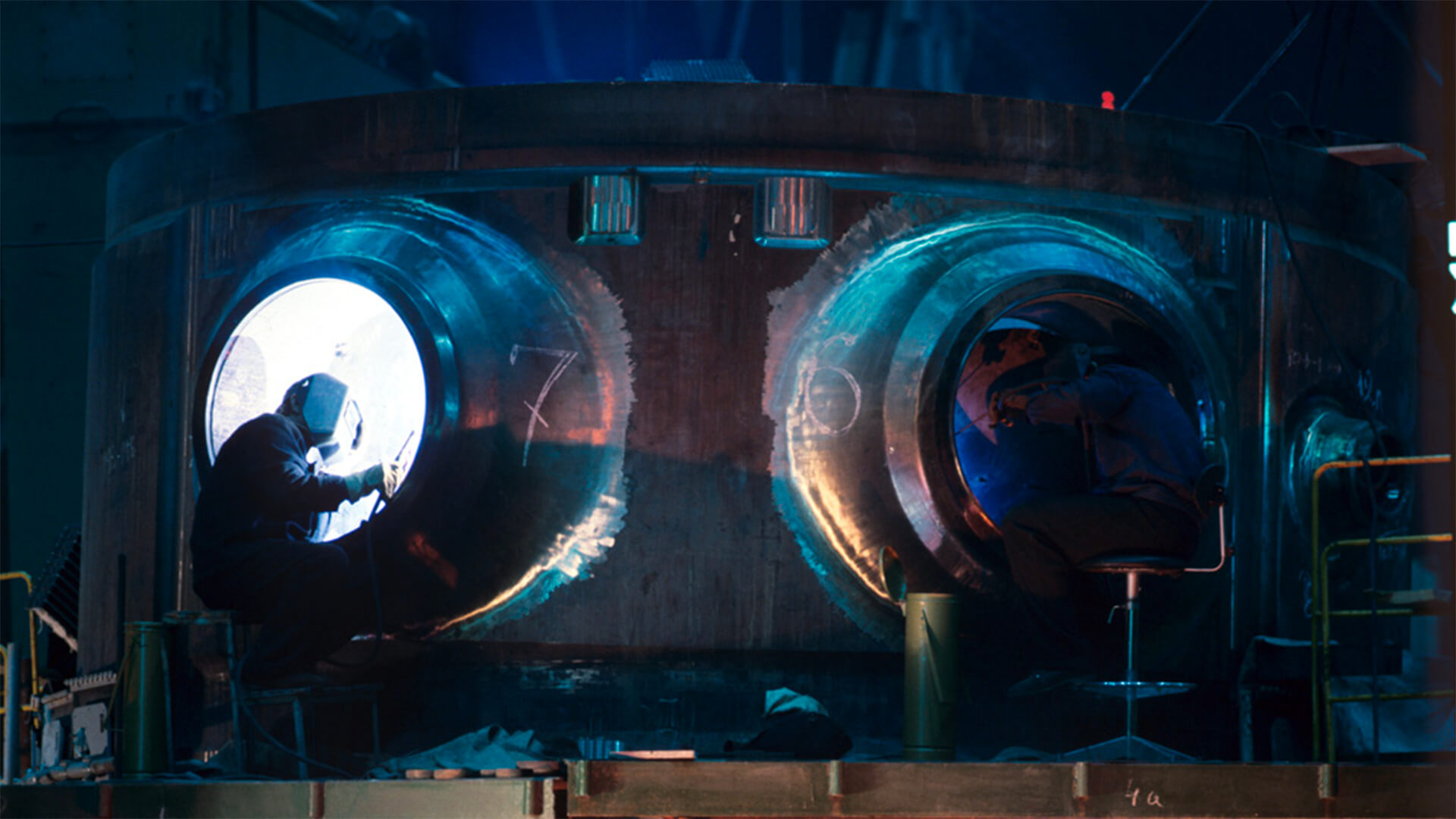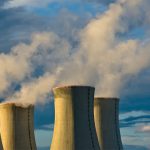A while back, I talked about a few technologies I was most hopeful for – small modular nuclear reactors being one of those. Click below to watch that video…
Unfortunately, we’ll be drawing a line through it (for now).
As we enter a period of capital scarcity and top-heavy demographics, many companies working on these modular nuclear reactors have been forced to abandon ship. This complication adds another layer of complexity to the growing energy demands of the next decade.
So, if you were hoping to go off the grid with a reactor strapped to the back of your truck in 2030, it might be time to change your plans…
Here at Zeihan On Geopolitics we select a single charity to sponsor. We have two criteria:
First, we look across the world and use our skill sets to identify where the needs are most acute. Second, we look for an institution with preexisting networks for both materials gathering and aid distribution. That way we know every cent of our donation is not simply going directly to where help is needed most, but our donations serve as a force multiplier for a system already in existence. Then we give what we can.
Today, our chosen charity is a group called Medshare, which provides emergency medical services to communities in need, with a very heavy emphasis on locations facing acute crises. Medshare operates right in the thick of it. Until future notice, every cent we earn from every book we sell in every format through every retailer is going to Medshare’s Ukraine fund.
And then there’s you.
Our newsletters and videologues are not only free, they will always be free. We also will never share your contact information with anyone. All we ask is that if you find one of our releases in any way useful, that you make a donation to Medshare. Over one third of Ukraine’s pre-war population has either been forced from their homes, kidnapped and shipped to Russia, or is trying to survive in occupied lands. This is our way to help who we can. Please, join us.
TranscripT
Hey everyone. Good morning from chilly Colorado. It’s a balmy ten degrees today. I got some bad news. So for those of you who’ve been following me for a bit, you know that over the summer I recorded a video of the five technologies that I was most hopeful one for. The issue we’re facing is that we’re entering into a period of extreme capital dearth and a shortage of people in their twenties and thirties, while the twenties, people in the twenties, in the thirties, and the folks who get together to imagine the future and develop the technology and a lot of cheap capital is required to bring it to mass manufacture.
And without those two factors, the pace of technological change that we’ve been used to seeing these last 2025 years is going to slow considerably. And that’s before you consider any sort of general dislocation because of demographic aging or drops of consumption or breakdowns in globalization. So the pace is way too slow, incredibly. And the question is which technologies are kind of already at the hub, where they’re just right on the edge of mass manufacturing mass application.
And one of the technologies that I identified was something called small modular nuclear reactors. The idea is you have a reactor that’s small enough to fit on the back of a semi-trailer and you can just plug it in to any other power system. So if you’ve got a coal plant, for example, that you were looking to decommission, you can pull one of these in or two of these based on the size, you know, up to ten and just plug them in and they’re good to go.
And the 20% of electricity that the United States gets from nuclear currently could continue in perpetuity. Well, over the course of the last couple of weeks, the companies that were involved in building the prototype of abandoned the project. They say the numbers no longer make sense. They couldn’t get enough sponsors. So if this technology is going to continue, it’s going to continue at a later time with different players in an environment of even sharper limitations on technological development and capital availability, which means it’s probably not going to happen this decade at all, which means the 20% of the electrical grid that is supplied by nuclear right now is going to fade away because with a
couple of exceptions, all of those reactors are older than I am and I turn 50 very, very soon. So not only do we need to massively increase the amount of power generation, we have to double the size of the industrial plant as the Chinese break apart, and we need even more power in order to do the green transition and maybe move to a more electric future.
We also have to replace 20% of our total energy supply, which is at the moment all baseload, which is something that wind and solar can’t come up with or can’t work with because they’re too intermittent. So we just saw our overall challenge for the next decade become inordinately more difficult unless of course, someone picks up this technology very, very soon.
Sorry. All right.








